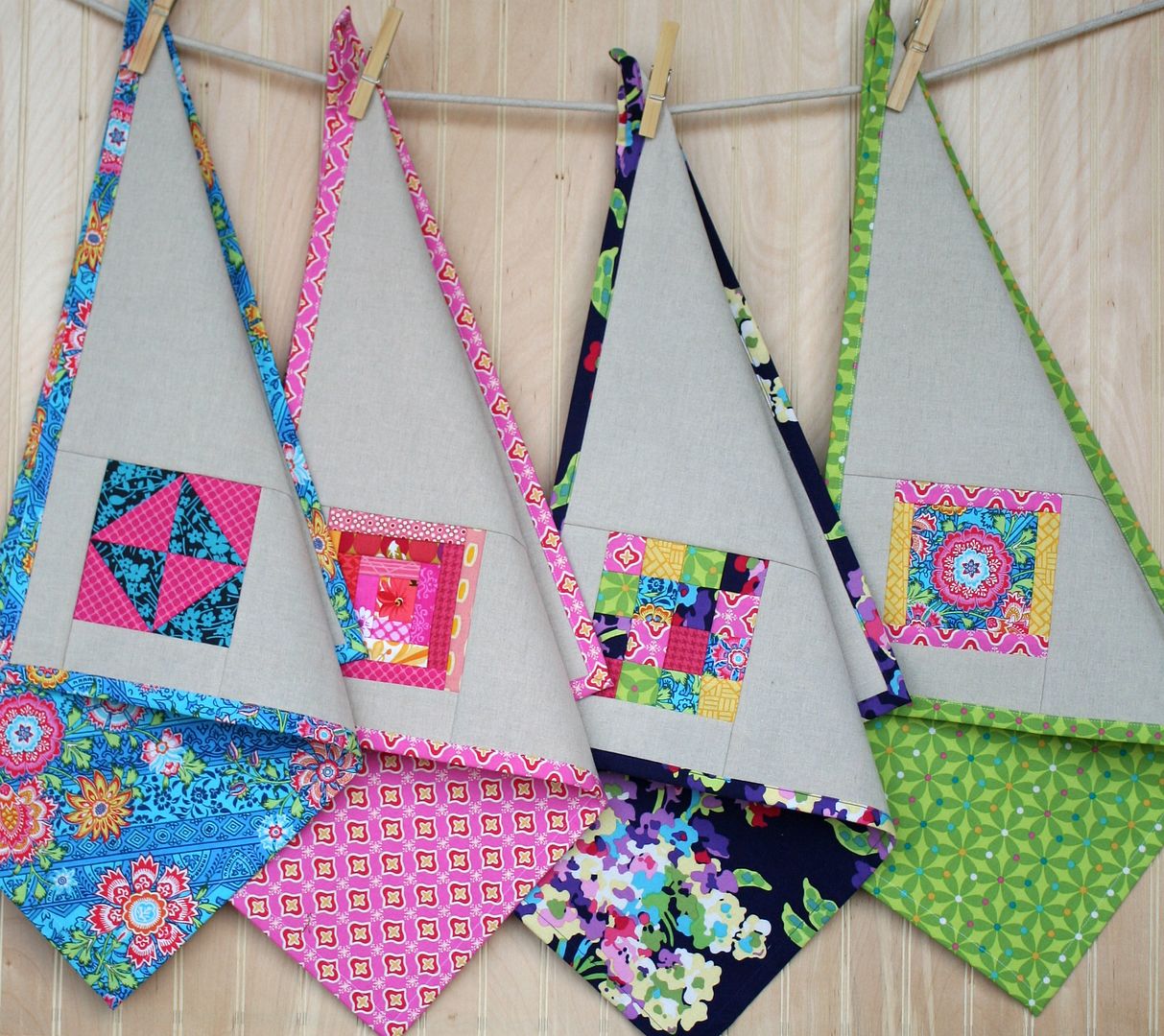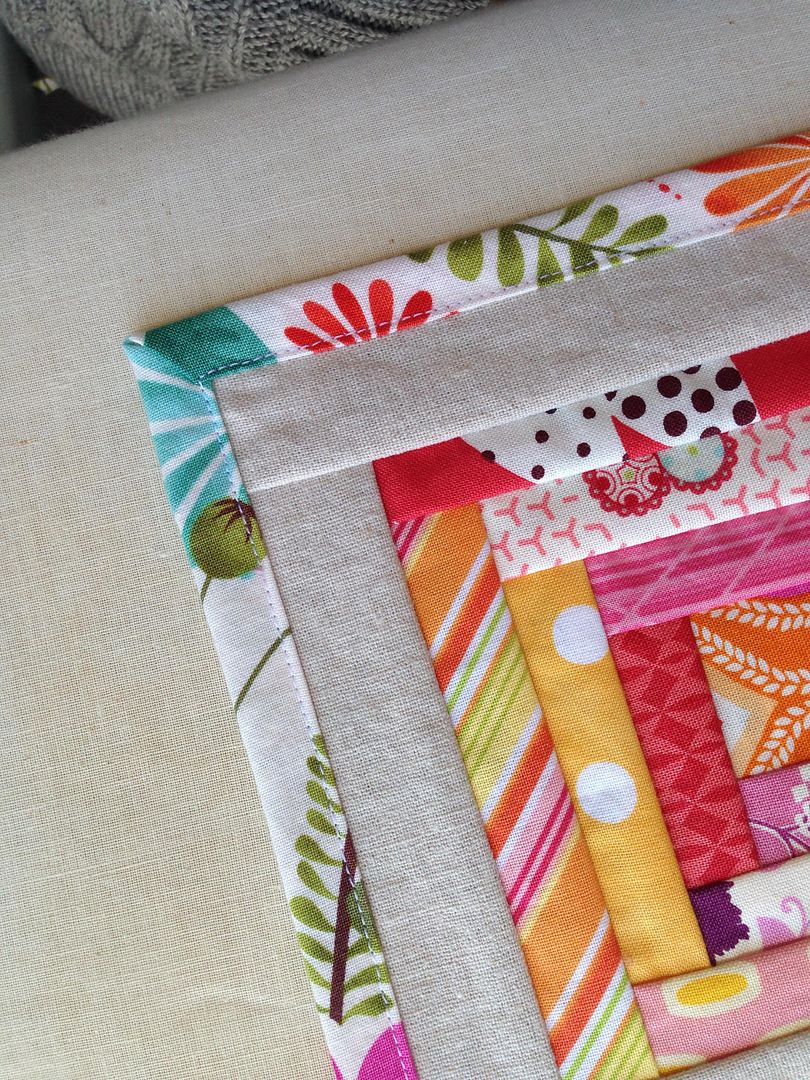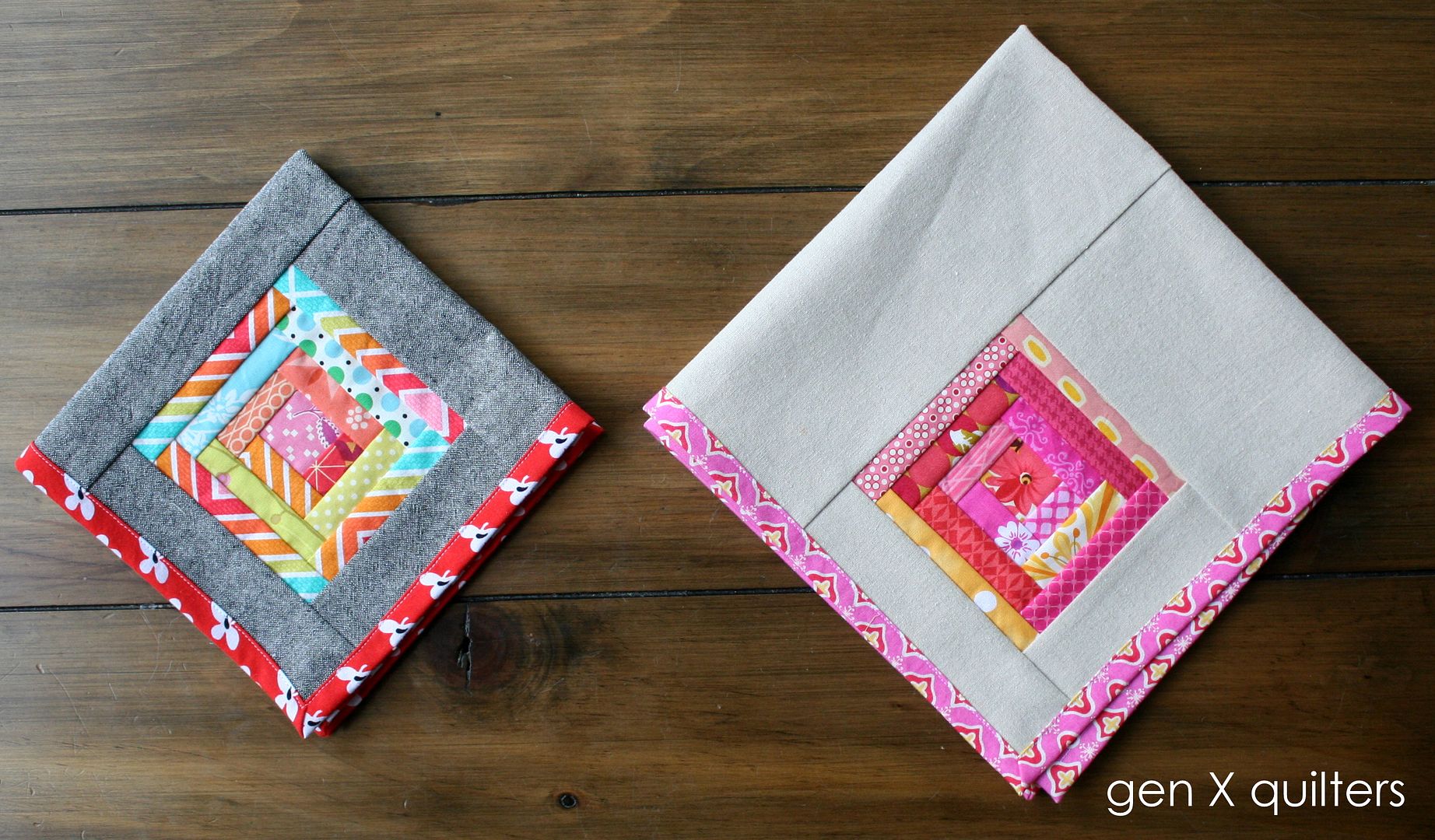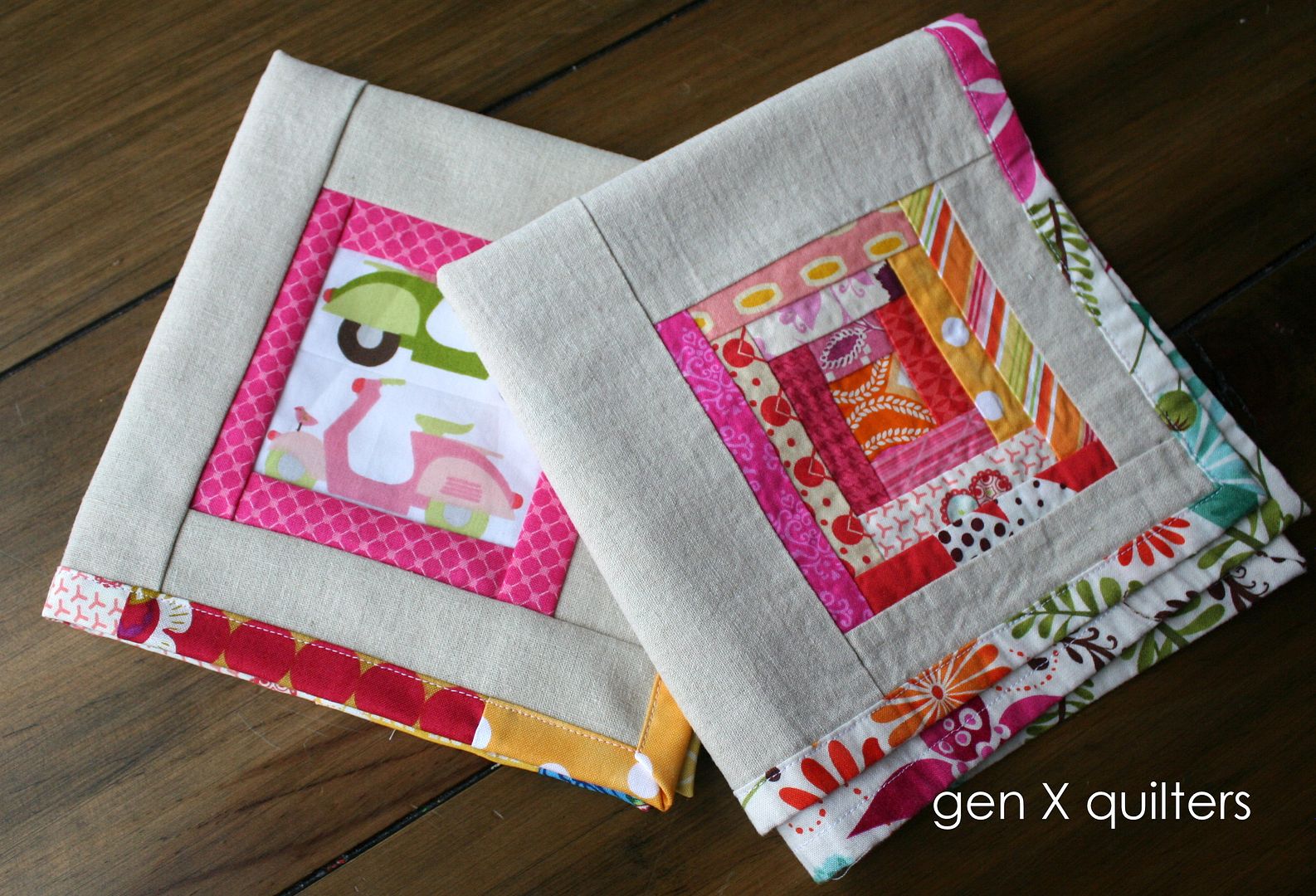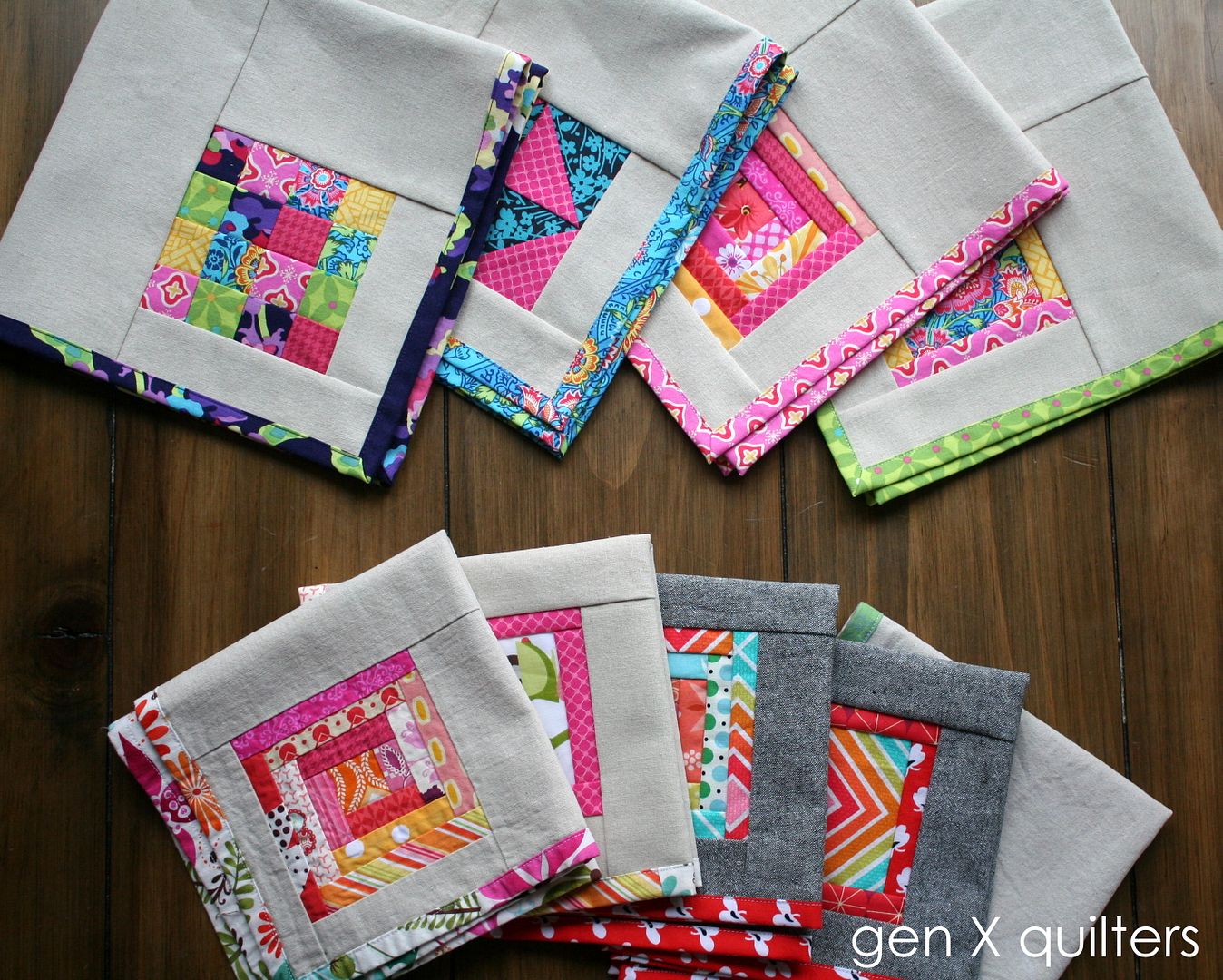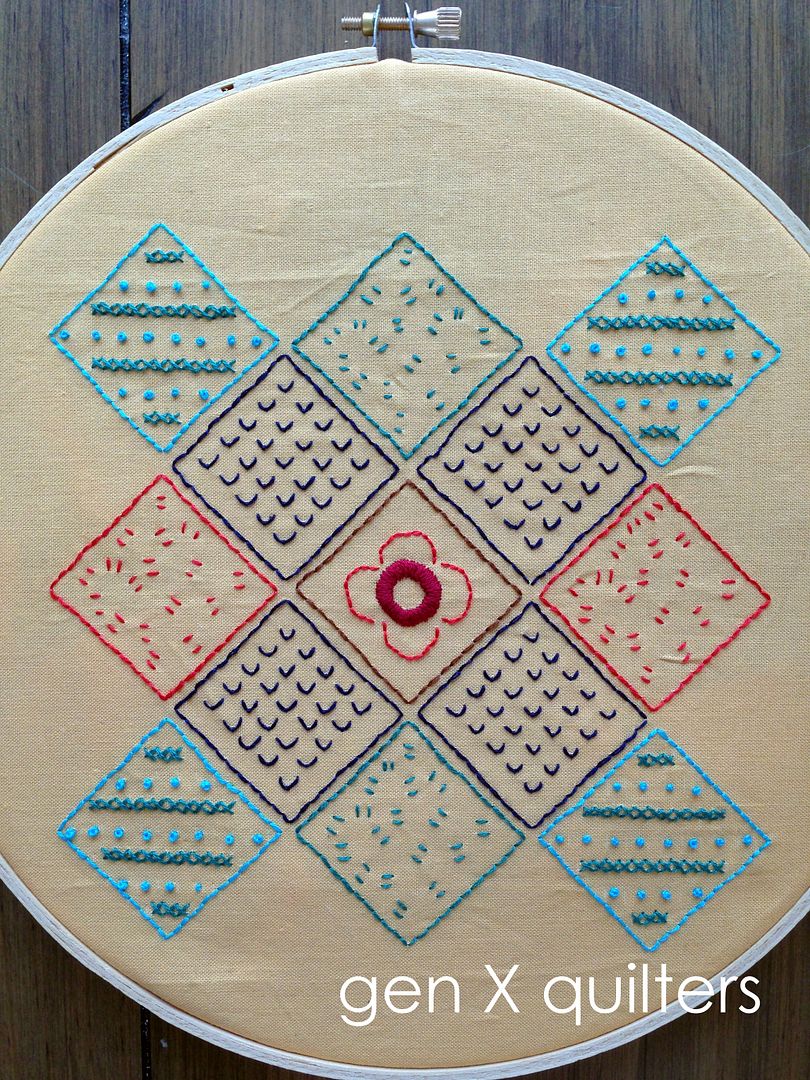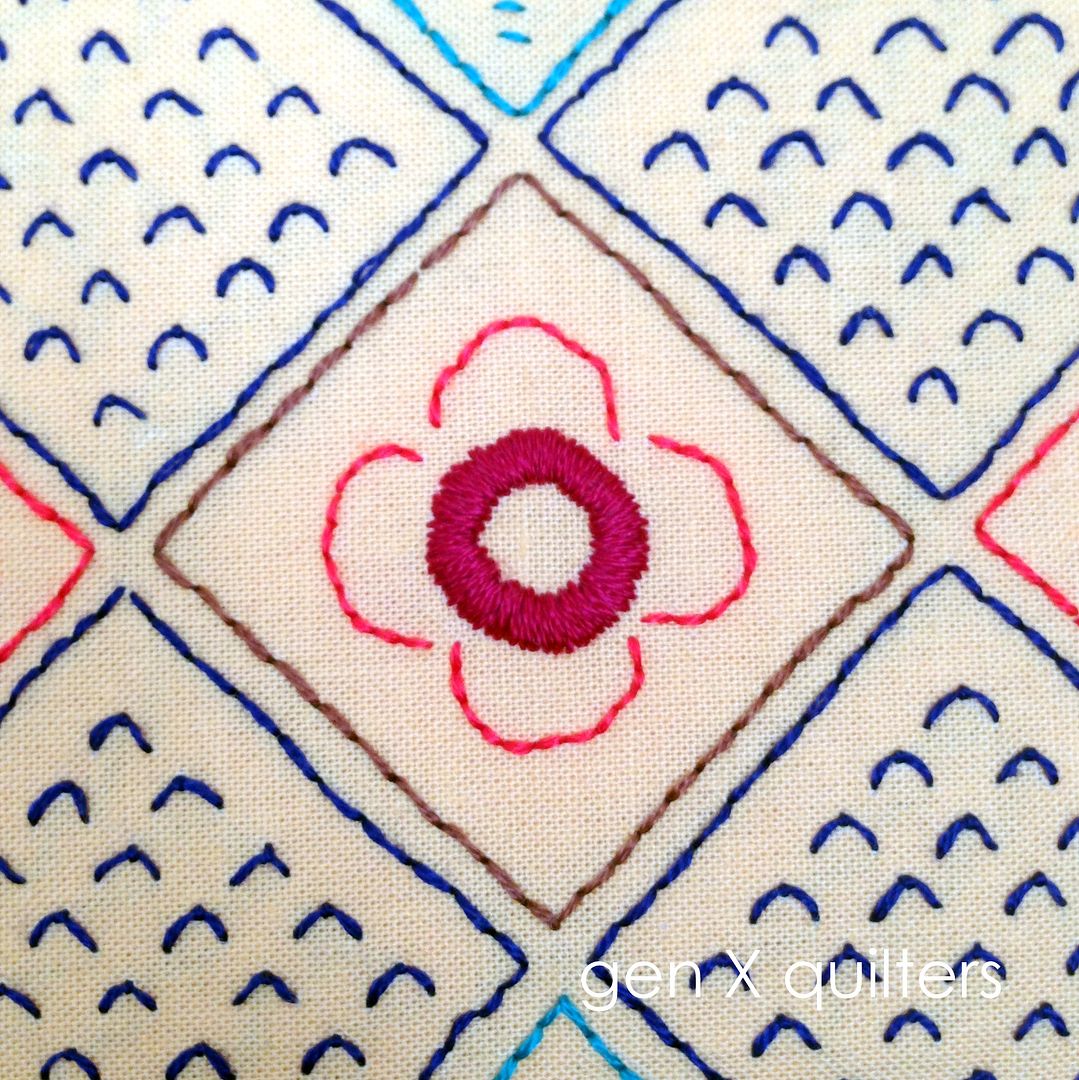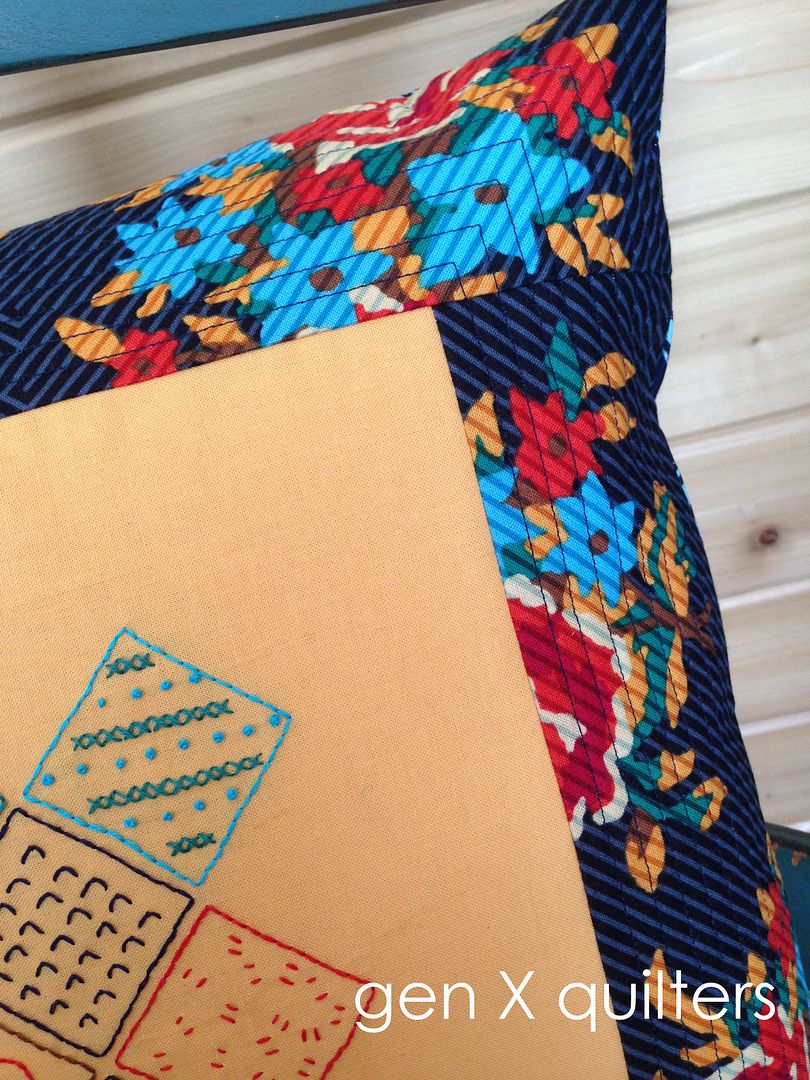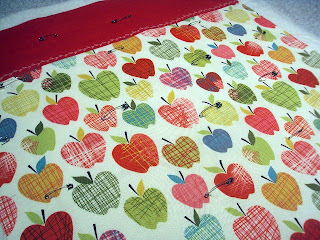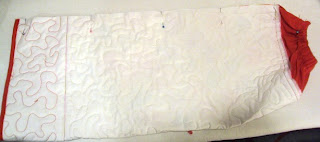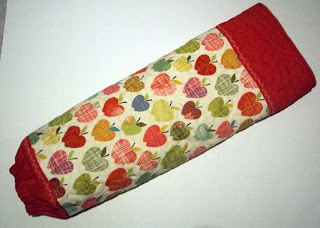Today is the big day! I've been showing you peeks and snippets of my newest pattern for the past month almost - and I am so glad that the Patchwork Napkins Pattern is finally ready for you.
I've developed a new fabric buying problem that is called "buying-by-the-bolt". :) Recently, I bought a bolt of Robert Kaufman's Essex Linen in Natural - and while I was pondering what lovely things to make with said bolt, I decided I wanted a napkin set. After all, linen seems a pretty traditional material for dinner napkins. I began to troll Pinterest for napkin ideas - and nothing was quite like this idea I had in my mind. Poof! New pattern inspiration was born.
I wanted to create a pattern that you could customize and make again and again. Make some for yourself, some for your mom, some for your friend's housewarming. Holiday. Every day. The possibilities are endless...
To facilitate each napkin set being different, there are for 4 different quilt blocks that are the center of attention in the accent patchwork block. You can choose to make your set with all the same blocks and fabrics - or add some flair by mixing and matching with scraps.
Don't they make a table setting look so fun and exquisite? This will be my Easter table this year - and to be honest - this is completely gung-ho for me. I didn't even own cloth napkins before I made these. Usually, my holiday hosting is good to go if my kids haven't made a fort out of the living room and the dinner table is play-doh free. :)
The pattern has an intermediate skill level (although if you choose some of the simpler patchwork blocks, I believe an advanced beginner could tackle it). It has a great self-binding method in which the same fabric is used for the backing and binding - you won't need to cut binding strips!
The pattern lets you choose from 2 sizes to make.
- Everyday 14" x 14" (these are intended to replace the small paper napkins usually bought in bulk at a large box store)
- Formal 18" x 18" (larger for use with napkin rings - based on etiquette's "lunch" sized napkin)
Below you can see the difference in size between the everyday napkin (left) and the formal napkin (right). See how there is room at the top of the formal one to slide a napkin ring over the tip? ....while still emphasizing the patchwork, of course. :)
Patchwork Napkin Fabric
Requirements.
Everyday
|
Formal
|
|
Makes
|
2 napkins
|
2 napkins
|
Front / Linen
|
1/2 yard
|
5/8 yard
|
Back
|
1/2 yard
|
5/8 yard
|
Assorted Scraps
|
Small amount for 4 1/2" block
|
Small amount for 4 1/2" block
|
Coordinating Thread
|
1 spool
|
1 spool
|
 |
| everyday napkin with patchwork backing |
The Patchwork Napkin Pattern (PDF) is now available in my shop! It will be on sale all this week for just $7. After it's debut week, the pattern will bump up to $9 at it's regular price.
Enjoy! If you have any questions, please do not hesitate to ask! {annemarie@genxquilters.com}
 |
| everyday (left) and formal (right) |

